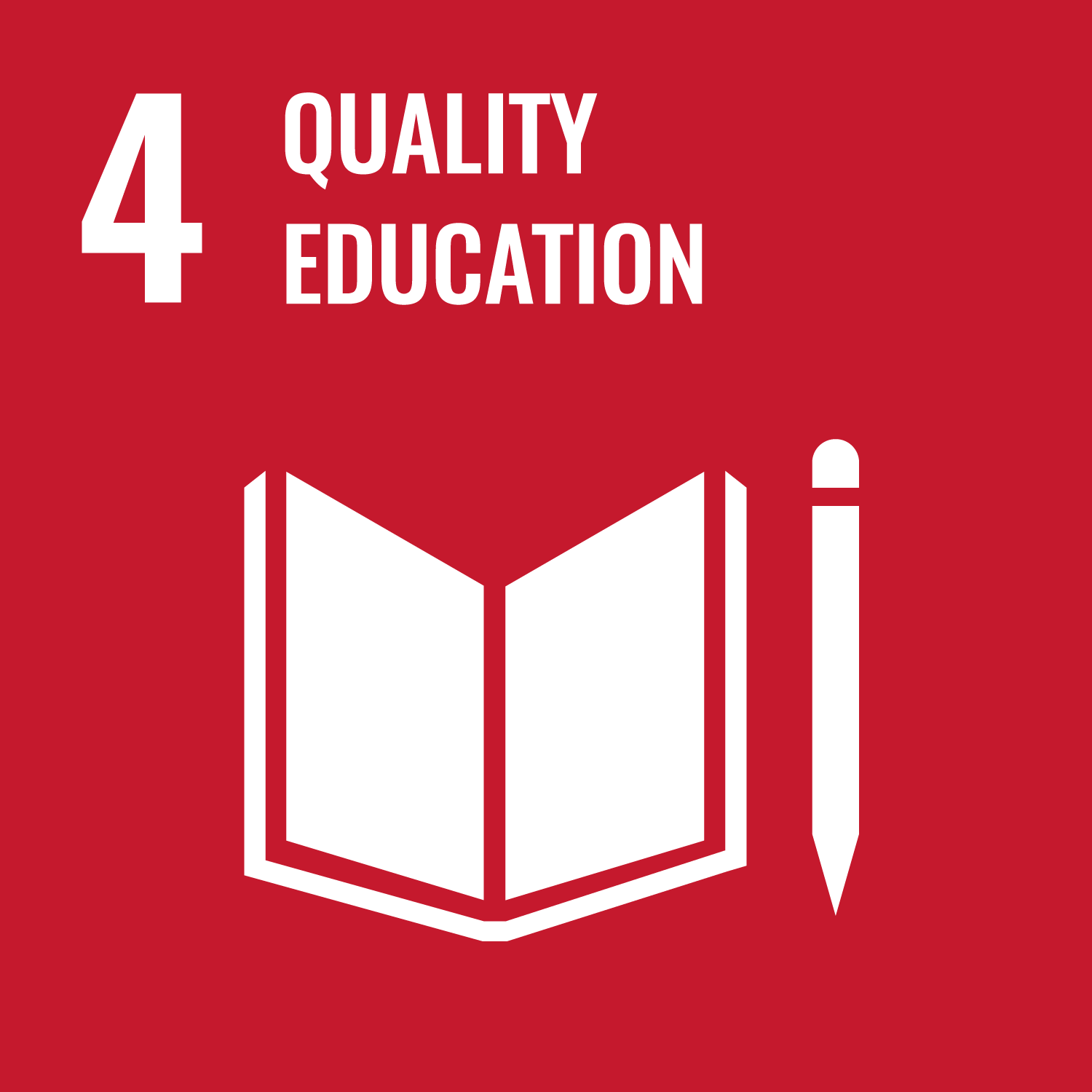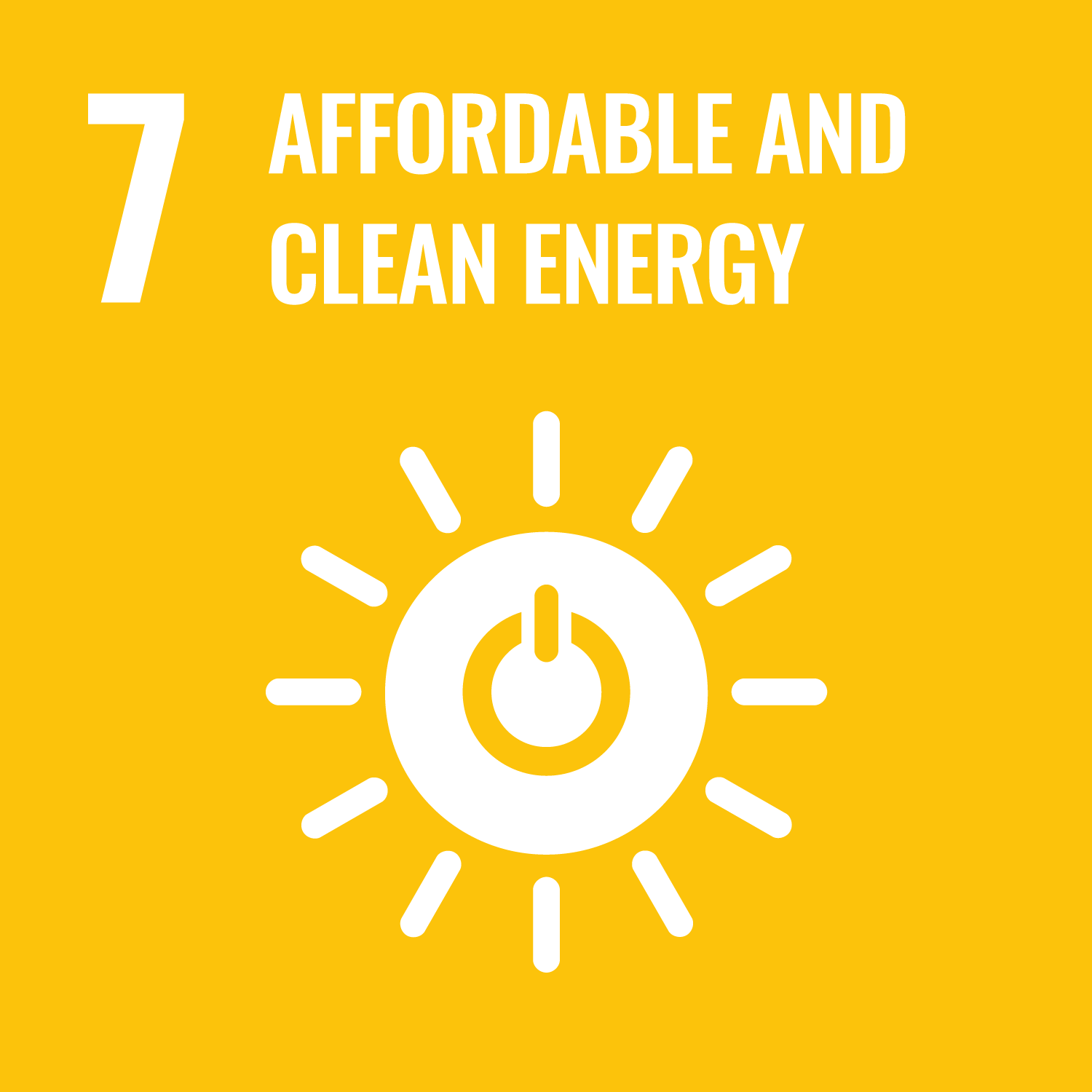The course is designed to provide a general overview of processing and production of superconducting tapes and wires (variety
of techniques), their characterization and application in the field of power industry. The students will learn how the wires
are composed into the cables and how the cables work, cryogenic requirements for their work, problems, and the recent development
worldwide. The applications include health, space, power industry, transportation, and some scientific applications.
The purpose of the course is understanding the scientific principles of production of superconducting tapes for development
of cables for industrial applications. Students will be motived to develop a commitment to produce the technology for the
public interest.
- The students will know unique knowledge and understanding of variety of superconducting tapes/wires production techniques.
- The students reflect upon the design and develop prototype superconducting cables (Bi-2223).
- The students will demonstrate knowledge in regards to the design of low temperature cryostat for characterization of power cables around 77K.
- The students will understand the prominence of high-Tc HTS cables especially towards transport and Power Applications
- The students will be actuated to demonstrate both knowledge and skills needed for usage of HTSC cables in real life applications.
| Class schedule | HW assignments (Including preparation and review of the class.) | Amount of Time Required | |
|---|---|---|---|
| 1. | Introduction of superconducting wires and basic production techniques | Revising and comprehending class material | 190minutes |
| 2. | Production techniques of high-Tc superconducting tapes: Silver sheath technology for production of HTSC tapes (Bi-2212, Bi-2223). | Revising and comprehending class material | 190minutes |
| 3. | Production techniques of high-Tc superconducting wires: The HTSC wires prepared by PLD, CVD techniques (Y-123, Gd-123). | Revising and comprehending class material | 190minutes |
| 4. | DC and AC cables and their basic properties. | Revising and comprehending class material | 190minutes |
| 5. | Prototype high-Tc superconducting power DC cables and their design: 2 meters to 5 meters | Revising and comprehending class material | 190minutes |
| 6. | Construction of DC cables 30 to 300 meters | Revising and comprehending class material | 190minutes |
| 7. | Design of a low temperature cryostat for characterization of power cables at 77 K and lower temperatures: Learning how to construct the low temperature cryostat and its utilization. | Revising and comprehending class material | 190minutes |
| 8. | Transmission and distribution of electric power by HTSC cables and recent projects in Japan/World (field trips) | Revising and comprehending class material | 190minutes |
| 9. | The world-wide HTSC power cable projects and up-to-date information and students’ presentations | Revising and comprehending class material | 190minutes |
| 10. | Technical impact of high-Tc superconducting cables: Railway system applications, power transmission. | Revising and comprehending class material | 190minutes |
| 11. | Test results, challenges, cryogenic issues, and students’ participation in a round table discussion. | Revising and comprehending class material | 190minutes |
| 12. | Recent developments in MgB2 wires and their applications: Learning what is the MgB2 material and how it can be used for industrial applications and students’ presentations | Revising and comprehending class material | 190minutes |
| 13. | Current and future energy requirements and importance of the high-Tc superconducting materials in comparison to coal, gas, and oil reserves. | Revising and comprehending class material | 190minutes |
| 14. | Final student presentations, especially their understanding of superconducting cables with respect of the ability to solve future world problems. | Revising and comprehending class material | 190minutes |
| Total. | - | - | 2660minutes |
| Power Point presentation on wire development techniques | Class participation and quizzes | Final Exam | Total. | |
|---|---|---|---|---|
| 1. | 30% | 40% | 30% | 100% |
| 2. | 0% | |||
| 3. | 0% | |||
| Total. | 30% | 40% | 30% | - |
Power Point presentation on wire development techniques 30%; Class participation and quizzes 40%; Final Exam: Survey report
on recent cable projects and analyses 30%
Students should earn 60% of the total score which will reflect the knowledge and skills.
Students should earn 60% of the total score which will reflect the knowledge and skills.
| ways of feedback | specific contents about "Other" |
|---|---|
| Feedback in outside of the class (ScombZ, mail, etc.) |
1. Superconductivity: Today and Tomorrows Applications
ed. Miryala Muralidhar (Nova Science Publishers, 2015)
2. Superconductivity: Recent Developments and New Production Technologies
ed. Miryala Muralidhar (Nova Science Publishers, 2012)
3. Studies of High Temperature Superconductors
ed. A.V. Narlikar (Nova Science Publishers, 2006)
ed. Miryala Muralidhar (Nova Science Publishers, 2015)
2. Superconductivity: Recent Developments and New Production Technologies
ed. Miryala Muralidhar (Nova Science Publishers, 2012)
3. Studies of High Temperature Superconductors
ed. A.V. Narlikar (Nova Science Publishers, 2006)
- Reserving the time by e-mail : miryala1@shibaura-it.ac.jp
- Course that cultivates a basic problem-solving skills
- Course that cultivates a basic self-management skills
- Course that cultivates a basic interpersonal skills
- Course that cultivates an ability for utilizing knowledge
| Work experience | Work experience and relevance to the course content if applicable |
|---|---|
| N/A | N/A |






- 2.ZERO HUNGER
- 4.QUALITY EDUCATION
- 7.AFFORDABLE AND CLEAN ENERGY
- 8.DECENT WORK AND ECONOMIC GROWTH
- 9.INDUSTRY, INNOVATION AND INFRASTRUCTURE
- 13.CLIMATE ACTION
Last modified : Sat Sep 09 07:24:09 JST 2023
